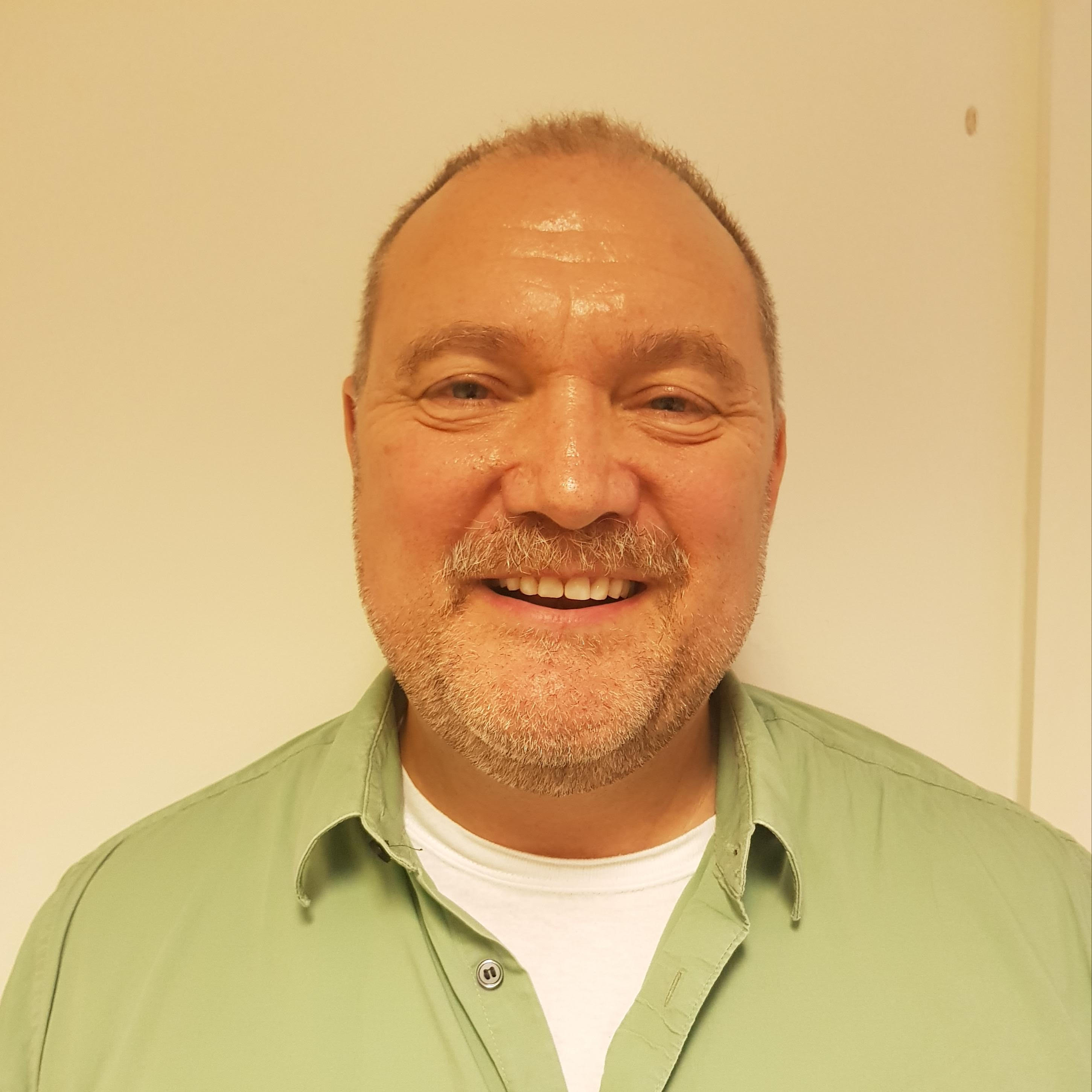WHAT’S THE DIFFERENCE BETWEEN CHIROPRACTORS AND OTHER THERAPY MODALITIES?
When viewing what options patients have for treatment, the picture can be very confusing. Should I see a chiropractor or a physiotherapist? Do I choose to get spinal adjustments and manipulation, or should I try mobilisation and stretching? What do I do?
To start with, let’s get our terminology straight. There is a difference between MANIPULATION and an MOBILISATION. With mobilisation, a force is introduced into multiple segments with the sole intent of “mobilizing” the area. No care is taken to isolate the specific joint or vertebra. A contact is made with one’s hands over several segments at one time, and whatever “cracks” does so without a specific goal in mind other than global or regional movement.
A mobilisation gives everyone the same “aspirin” approach, no matter what the presenting conditions are. Every patient is mobilised on their right side and then their left when their lower back is treated, then they lay on their stomach and are pushed on all the way up and down their mid back and finally lay on their back and their neck is cracked from left and then the right. While this makes many patients “feel good”, this approach usually results in short term relief only because no attempt at specific correction is ever made. In some cases, too much joint movement, or worse yet joints that are manipulated that should not be, result in new pains or instability.
Manipulations are different in that they are more SPECIFIC and often called an “Adjustment”.
An adjustment implies that a detailed examination is performed via a functional tactile assessment by the chiropractor on each specific joint to determine if there is a ‘subluxation’, and exactly where it is located. A ‘subluxation’ is a central segmental motor control problem, in other words a vertebra that has distorted in the structure and not functioning correctly; to a point it is detrimental to the function of the central and peripheral nervous system.
The information from the assessment is then combined with the x-rays and the deficit in various muscle contraction strength tests to determine the best way to reduce the negative function and pain from the ‘subluxation’. An adjustment is done with an intention to influence a specific outcome; namely eliminate distortion in the spine and to improve the communication relays around the body through the nervous system which is closely packed inside the spine. Does how well your spine works effect that way your nervous system and brain works?
‘sub’ means under, ‘lux’ means light; ‘subluxation’ is essentially saying ‘dim light’. Is a ‘dim’ nervous system acceptable to any person considering it is responsible for EVERYTHING that happens within the body.
The x-ray provides the information to assess exactly what the quality of the structure is, what areas should not be treated and an expectation of what each person’s results should be. The films tell the story of what phase of subluxation a patient is in whether acute or chronic by the absence or presence of degenerative changes.
The adjuster contacts the ‘subluxated’ vertebrae on a specific part of the bone and positions the patient so that when they introduce the adjustment ‘force’ in a very precise direction and to a calculated depth. These factors are case specific for each patient; this then restores movement into the joints that are not moving, hopefully restoring function to the tissue and reducing back pain. The adjustment will also stretch tiny sensor muscles around the spine which your brain uses to assess the internal and external environment. No matter what you are doing your spine is moving or in a certain position, these sensors tell the brain; with more movement the brain receives more data and electrical activity is then increased in the brain. Similarly when motion in the spine is lost the brain receives less information from your environment which ‘dims’ the ‘information highway’.
When visiting other “mobilising” professions, such as physiotherapists, osteopaths or physiatrists (physical medicine specialists), the more general mobilisation methods are typically used, usually combined with a variety of physiotherapeutic modalities.
At Peterborough Chiropractic we practice a very specific method of adjusting your spine for a certain desired neuro-mechanical outcome and better movement, health and body function for you.


